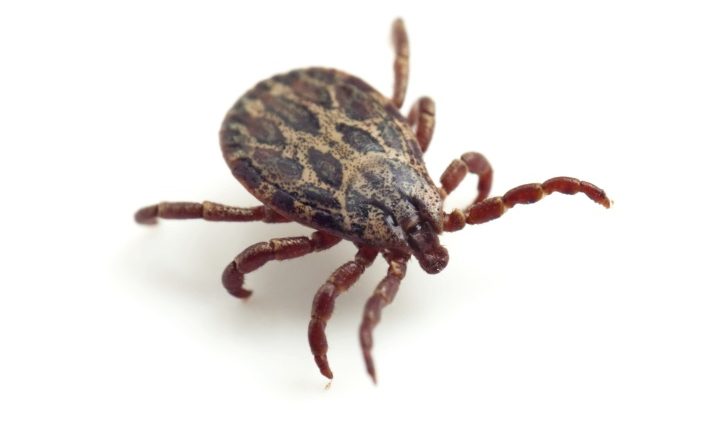

AUGScientists: New tick found in CT could affect humans, dogs - CT POST.AUGBaker: Ticks are scary and potentially dangerous by Ken Baker, Ph.D .AUGUST 27, 2020 - COVID-19: Can Mosquitoes, Ticks Spread Virus? CDC Weighs In by Zak Failla .SEPTEMBER 1, 2020 - Tick-Borne Illnesses: Rising Incidence, Rising Concerns by.SEPTEMBER 1, 2020 - Lyme Disease: Outdoor fun (?) with COVID-19 and ticks.SEPTEMBER 14, 2020 - Population of invasive tick species discovered in Fairfield County by Brian Zahn .SEPTEMBER 20, 2020 - Asian Longhorned Ticks Are The Latest Bugs To Set Up Shop In CT By Rich Kirby .OCTOBER 8, 2020 - 'Reckless' Lyme disease treatments are injuring and killing patients as alternative doctors get 'certified' to treat the illness, report finds By Julia Naftulin .OCTOTicks and Tick Diseases Are on the Rise by Aaron Wilson and Noah Asimow .A pattern of harm follows “Lyme-literate medical doctors.” by Lindsay Gellman OCTOBER 9, 2020 - Dubious Alternative Lyme Treatments Are Killing Patientsįorget about the ticks.Lyme disease actually got its name from the town Old Lyme by Fo圆1 Staff OCTOPet Parasite Forecast: Lyme Disease.OCTOAn Uptick in Outdoor Activities Means an Uptick in Ticks by METEOROLOGIST VANESSA RICHARDS.NOVEMWarming Planet Ups Risk of Deadly Tick-Borne Fever.An experiment suggests potential for greater spread of tick-borne illness as temperatures rise. NOVEM Dog ticks may get more of a taste for human blood as the climate changes.DECEM An Uptick in Outdoor Activities Means an Uptick in Ticks by METEOROLOGIST VANESSA RICHARDS.a.) and dispersal after the breakup of continents was almost complete (Klompen et al. a.) and vicariant dispersal during continental breakup (Dobson & Barker 1999) or (ii) recent origin (c.120 m. Two hypotheses have been proposed: (i) an ancient origin (c.

The closest living relatives to the ticks, the sister-group, seems to be the free-living holothyrid mites (Murrell et al. Whereas the Australian tick fauna is rich in subfamilies, it is depauperate in species: only 72 of the 900 or so species of ticks of the world are endemic to Australia.įurthermore, the earliest diverging lineage of the subfamily Ixodinae, the Australasian Ixodes clade, is endemic to Australasia (Barker & Murrell 2004). 2014), or might still be here, but certainly the Rhipicephalinae evolved elsewhere (probably in Africa) and much, much later (Murrell et al. We speculate that the Nutalliellinae may well have lived in Australia (Barker et al.

Only the subfamilies Nutalliellinae (the nutalliellid ticks) and Rhipicephalinae are not endemic to Australia. Accordingly, six of the eight subfamilies of ticks are endemic to Australia: Argasinae, Bothriocrotinae, Amblyomminae, Haemaphysalinae, Ixodinae and the Ornithodorinae. 2021), soft ticks and nutalliellid ticks (Barker & Walker 2014) may have first lived in Australia, or more accurately, that part of the super continent Gondwana that became Australia, perhaps as early as 362-409 million years ago in the Devonian era. Indeed, the hard ticks (Dobson & Barker 1999 Barker & Murrell 2002, 2004 Barker et al. Australasia has a special place in the history of hard ticks (Ixodidae).


 0 kommentar(er)
0 kommentar(er)
